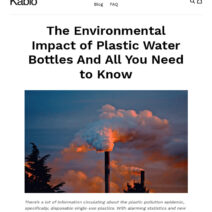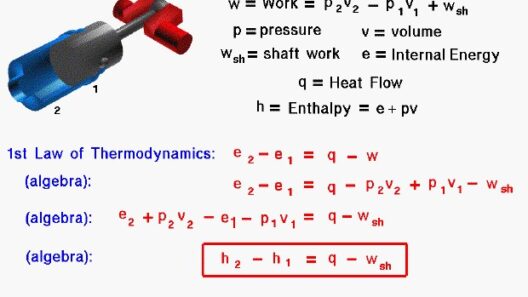Potential energy, like a tightly coiled spring eager to unleash its stored vitality, serves as a pivotal concept within the realms of physics and engineering. Understanding how to determine whether potential energy is conserved in a spring system not only enhances our grasp of classical mechanics but also bolsters our ability to apply these principles in practical scenarios. With this in mind, we will delve into the intricacies of potential energy conservation in spring systems, elucidating the essential criteria and methodologies for assessment.
To embark on our exploration, one must first appreciate the fundamental nature of potential energy in a spring. Governed primarily by Hooke’s Law, the potential energy (U) stored in a spring can be articulated as U = (1/2)kx², where ‘k’ represents the spring constant and ‘x’ denotes the displacement from the equilibrium position. This formula resonates with the notion that the further we displace a spring from its natural state, the greater the energy it can store, akin to a dam holding back a reservoir of water, poised to flow.
The cornerstone of assessing whether potential energy is conserved in a spring system lies in the principle of mechanical energy conservation. In an idealistic scenario devoid of dissipative forces such as friction or air resistance, the total mechanical energy (kinetic plus potential) of the system remains constant. When examining a spring, this principle asserts that the potential energy will convert back and forth with kinetic energy as the spring oscillates. Thus, to ascertain conservation, one must scrutinize the system for external work influences and non-conservative forces that may intrude upon this delicate equilibrium.
Another pivotal aspect to consider involves the significance of the spring’s environment. If the spring operates in isolation, meaning no external energy is introduced or extracted, one can comfortably assert that potential energy is conserved throughout its oscillation cycle. In contrast, immersing the spring in an environment subject to energy loss—such as through air resistance or internal damping mechanisms—complicates this identification. Here lies a compelling metaphor: envision a spring placed in a viscous medium, where its cyclic motion is corroded by resistive forces, much like a boat battling against the current; energy is expended, reducing the amplitude of oscillation over time.
It is pertinent to employ practical methodologies to ascertain if the potential energy in a spring system is conserved. A commonplace approach is to conduct experiments that involve measuring displacement and the corresponding force exerted by the spring. By determining the spring constant and studying the energy transformations through multiple oscillation cycles, one can derive valuable insights. Recording the maximum potential energy at the peak displacement and comparing it to the kinetic energy at equilibrium will yield conclusive evidence regarding conservation. If the values align when accounting for negligible losses, one can confidently assert that potential energy is conserved.
Graphical representations further enhance our comprehension of potential energy conservation in springs. The potential energy versus displacement graph of a spring has a parabolic shape, illustrating how the energy escalates with increased displacement. If one were to visualize the oscillatory motion of the spring, the areas under the curve above and below the horizontal axis—representing potential and kinetic energy—remain equivalent across cycles. A diminishing area would suggest energy loss, indicating that, perhaps, the spring is not the robust bastion of conservation we desire. As such, employing graphical data can substantiate our findings in an eloquent manner, complementing the arithmetic examination of conservation.
Beyond the mechanical scrutiny, one must acknowledge the role of entropic forces that pervade all physical systems. While conservation laws reign supreme under ideal conditions, real-world applications often succumb to the inevitability of entropy, suggesting that energy, while fundamentally conserved in a theoretical sense, may dissipate through various channels, rendering strict conservation elusive. Even the mighty spring we consider may, in practice, succumb to the tenacious grip of entropy, dictating a gradual decline in motion and energy levels over time. Here, juxtaposing the persistent thrust of conservation with the ever-encroaching tendrils of entropy offers a fascinating narrative within this domain.
Lastly, the foundational implication of potential energy conservation resonates beyond mere academic observation. In practical applications, understanding energy conservation principles aids engineers and scientists alike when designing mechanical systems ranging from simple toys to complex machinery. It drives innovations in energy-efficient systems, ensuring that our increasing quest for sustainability and efficiency aligns seamlessly with the unrivaled principles of physics. As we tread further into a world keen on conservation, the tenets governing potential energy in spring systems remind us of the underlying harmony of physical laws shaping our existence.
In summation, discerning whether potential energy is conserved in a spring system requires a meticulous examination of mechanical energy principles, environmental influences, and practical investigations. Through this lens, one realizes that the elegance of conservation enmeshed with the complexities of real-world applications embodies a thrilling narrative. Just as a spring holds both promise and potential, so too does our understanding of its energies, fueling innovations that forge a sustainable future.







